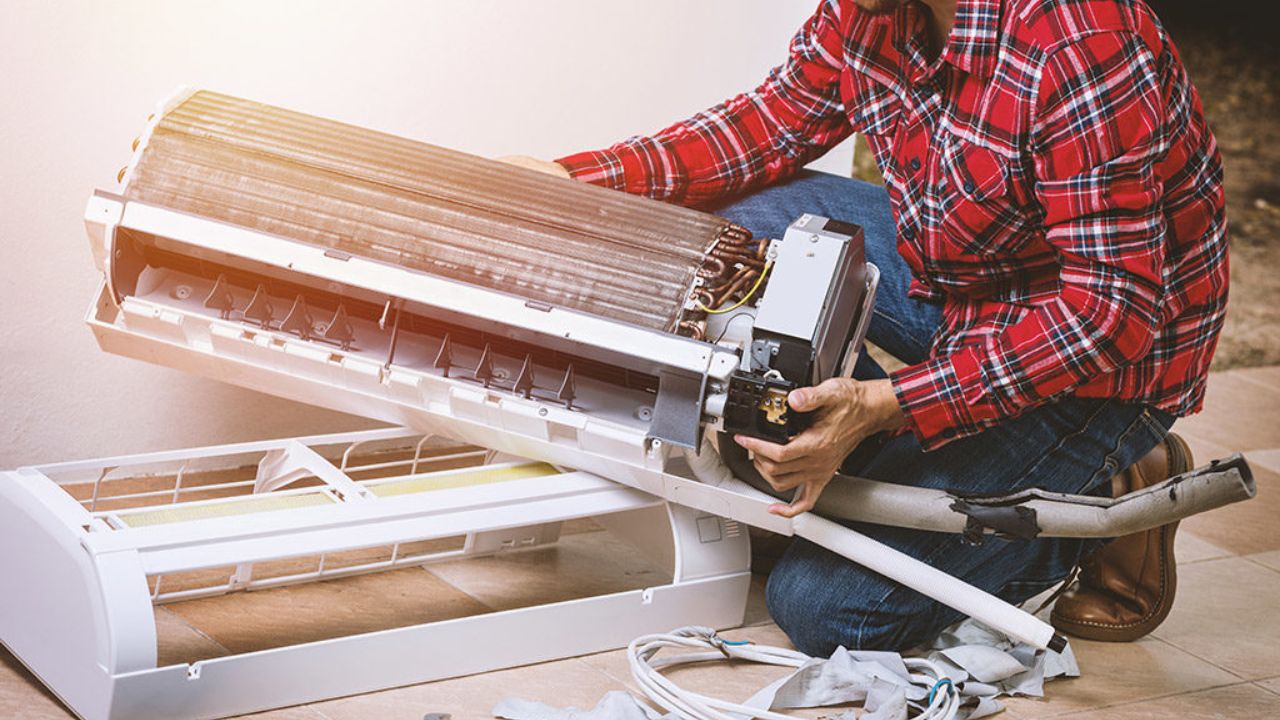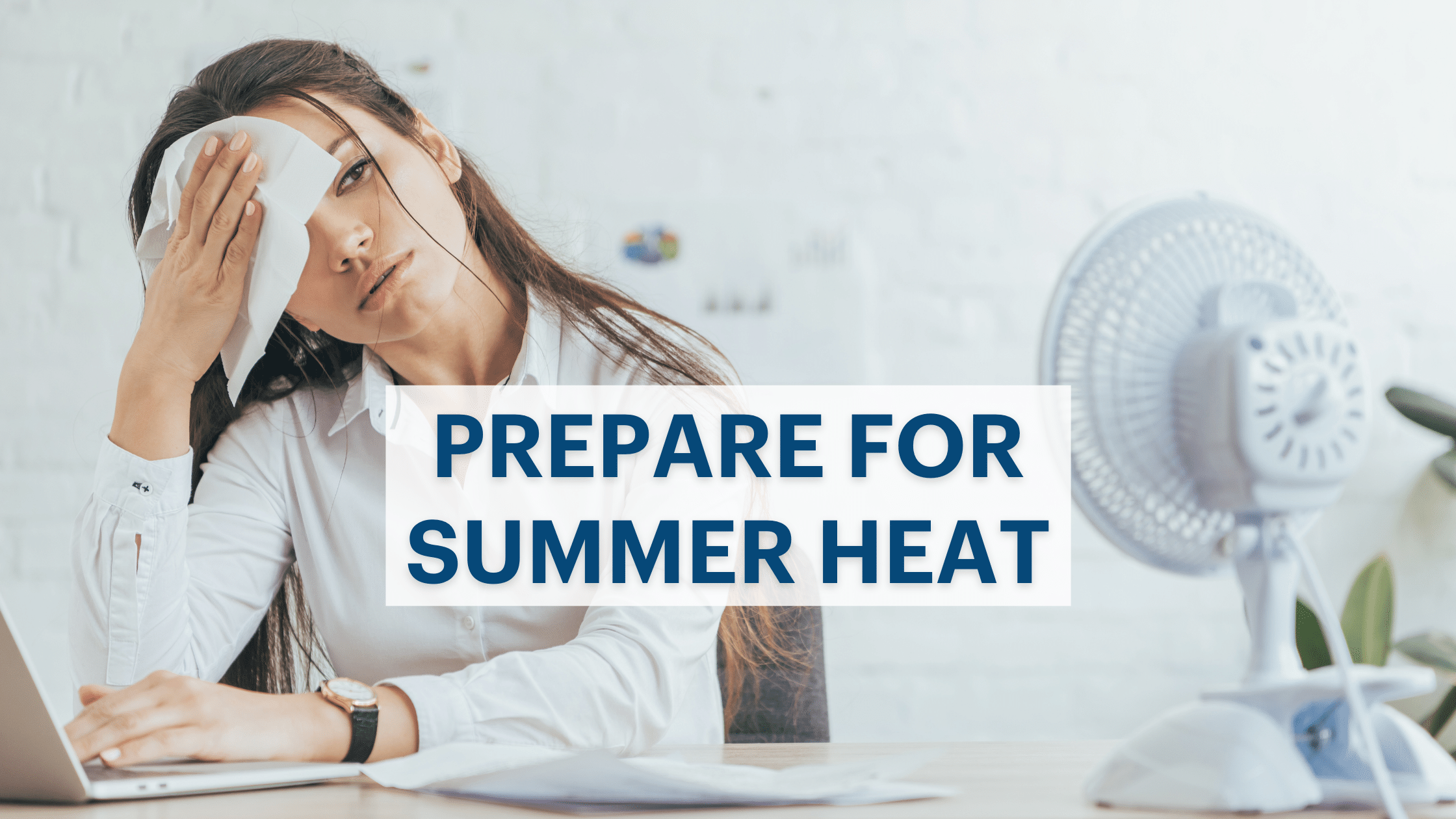Maintaining a comfortable temperature in your home is essential, but the costs of heating and air conditioning can really add up. Between the rising energy prices and the energy-intensive nature of HVAC systems, homeowners are constantly looking for ways to save money on their heating and cooling expenses. Fortunately, there are several strategies you can implement to reduce your HVAC-related costs without sacrificing your comfort. In this comprehensive blog post, we’ll explore 7 smart tips to help you save money on heating and air conditioning services.
Importance of Regular HVAC Maintenance
One of the most effective ways to save money on HVAC services is to stay on top of regular maintenance. Having your system serviced annually by a professional can help it run more efficiently, which will translate to significant savings on your energy bills in the long run. During a maintenance visit, the technician will thoroughly clean the unit, inspect for any issues, and make any necessary adjustments or repairs.
This proactive approach is crucial because it allows you to identify and address small problems before they turn into bigger, more costly ones. For example, a minor refrigerant leak or a dirty coil can greatly reduce your system’s efficiency, causing it to work harder and consume more energy. By catching these issues early through regular maintenance, you can avoid the need for more extensive (and expensive) repairs down the line.
Additionally, regular maintenance helps extend the lifespan of your HVAC equipment. Well-maintained systems tend to last longer, which means you won’t have to replace them as frequently. This can save you thousands of dollars in the long run, as new HVAC installations can be a significant investment.
Replacing Air Filters Regularly
Your HVAC system’s air filters play a crucial role in its efficiency and performance. Clogged or dirty filters force the system to work harder, using more energy and driving up your utility bills. Make it a habit to replace the air filters every 1-3 months, depending on the level of use and the type of filter you have.
High-quality air filters can trap more dirt and particulates, improving indoor air quality and reducing the strain on your HVAC system. However, even the best filters will eventually become blocked and need to be replaced. Neglecting this simple task can cause your system to work overtime, leading to higher energy consumption and potentially even damaging the equipment over time.
By replacing the air filters regularly, you’ll ensure that your HVAC system can operate at its optimal efficiency, reducing your heating and cooling costs. This small maintenance task can make a big difference in your overall energy savings.
Sealing Air Leaks
Air leaks in your home can cause your HVAC system to work overtime to maintain the desired temperature, wasting energy and money. Inspect your home for any gaps or cracks around windows, doors, electrical outlets, and ductwork, and seal them with caulk or weatherstripping.
Sealing these air leaks helps prevent conditioned air from escaping your home, reducing the workload on your HVAC system. This, in turn, leads to lower energy consumption and lower utility bills. Additionally, sealing air leaks can improve indoor air quality by preventing the infiltration of outdoor pollutants, allergens, and moisture.
To effectively identify and seal air leaks, you can conduct a DIY energy audit or hire a professional energy auditor. They will use specialized tools, such as a blower door, to pinpoint the areas in your home with the most significant air leaks. Once these problem areas are identified, you can seal them using appropriate materials like caulk, weatherstripping, or even expanding foam sealant.
Upgrading to a Programmable or Smart Thermostat
Investing in a programmable or smart thermostat can be a game-changer when it comes to saving money on HVAC services. These advanced thermostats allow you to automatically adjust the temperature based on your schedule and preferences, ensuring your system isn’t running when no one is home.
Programmable thermostats enable you to set specific temperature settings for different times of the day and days of the week. For example, you can program the thermostat to lower the temperature during the day when everyone is at work or school, and then raise it back up in the evenings when everyone is home. This helps you avoid wasting energy on heating or cooling an empty house, resulting in significant savings on your utility bills.
Smart thermostats take this concept a step further by incorporating learning capabilities. These devices can detect your household’s habits and preferences over time, and then automatically adjust the temperature accordingly. Some smart thermostats even have advanced features like remote access, which allows you to control the temperature from your smartphone or other internet-connected devices.
By utilizing a programmable or smart thermostat, you can precisely control your home’s temperature and ensure your HVAC system is only running when necessary. This can lead to substantial energy savings, making the initial investment in these devices well worth it in the long run.

Improving Home Insulation
Proper insulation is crucial for keeping your home at a comfortable temperature while minimizing energy use. Check the insulation levels in your attic, walls, and crawl spaces, and consider adding more if necessary. Upgrading your insulation can help prevent heat from escaping in the winter and entering in the summer, reducing the workload on your HVAC system and lowering your energy bills.
The effectiveness of your home’s insulation is measured by its R-value, which represents the material’s resistance to heat flow. The higher the R-value, the better the insulation. Recommended R-values can vary depending on your climate and the specific area of your home, but generally, higher R-values result in greater energy savings.
By improving the insulation in your home, you’ll create a more efficient thermal envelope, which can significantly reduce your heating and cooling costs. Well-insulated homes require less energy to maintain a comfortable temperature, as the HVAC system doesn’t have to work as hard to overcome heat transfer through the walls, roof, and other building components.
Consider Energy-Efficient HVAC Equipment
If your HVAC system is more than 10-15 years old, it may be time to consider upgrading to a newer, more energy-efficient model. Modern HVAC systems are designed to be much more efficient, using less energy to heat and cool your home compared to older, less-efficient units.
When shopping for a new HVAC system, look for equipment that has earned the ENERGY STAR certification. These units meet rigorous energy efficiency guidelines set by the U.S. Environmental Protection Agency and the U.S. Department of Energy. ENERGY STAR-certified equipment typically uses 8-15% less energy than standard models, which can translate to significant savings on your utility bills over time.
Additionally, some utilities and government programs offer rebates or incentives for homeowners who install high-efficiency HVAC systems. Doing your research and taking advantage of these offers can help offset the initial cost of the new equipment, making the investment even more worthwhile.
While the upfront cost of a new, energy-efficient HVAC system may be higher, the long-term savings on your energy bills can more than makeup for it. This upgrade can be a smart investment that pays dividends for years to come.
Utilizing Fans and Natural Ventilation
In addition to your HVAC system, there are other ways to keep your home comfortable without relying solely on energy-intensive heating and cooling. Use ceiling fans to help circulate the air and create a cooling effect, and open windows when the outdoor temperature is pleasant to take advantage of natural ventilation.
Ceiling fans are a cost-effective way to supplement your HVAC system. They use significantly less energy than air conditioning, yet they can make a room feel several degrees cooler by creating a wind-chill effect. When used in conjunction with your air conditioning, ceiling fans can allow you to set the thermostat a few degrees higher, resulting in energy savings.
Natural ventilation, which involves strategically opening windows to allow outdoor air to flow through your home, is another low-cost solution. This approach can be particularly effective during mild weather, when you can take advantage of cooler outdoor temperatures to keep your home comfortable without running the air conditioning or heating system.
By utilizing fans and natural ventilation, you can reduce the strain on your HVAC system and lower your energy consumption, leading to significant cost savings on your utility bills.
By implementing these 7 smart tips, you can save a substantial amount of money on your heating and air conditioning services. Regular maintenance, filter changes, air sealing, and thoughtful use of your thermostat and other cooling/heating methods can all contribute to significant savings on your utility bills. Remember, small changes can make a big difference when it comes to keeping your home comfortable and your budget in check.
Investing a little time and effort into optimizing your HVAC system and your home’s energy efficiency can pay off in the long run. Not only will you save money, but you’ll also reduce your environmental impact and enjoy a more comfortable living space. So, don’t hesitate to put these strategies into practice and start reaping the financial benefits today.


